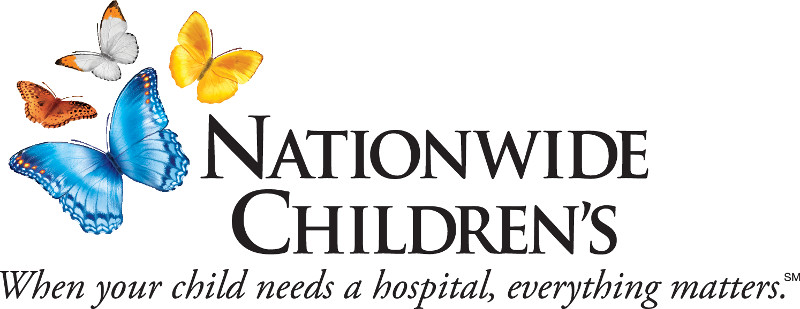Newswise — A sudden and dramatic increase in pediatric suicides may reflect an emerging trend rather than a single-year anomaly. That's the conclusion of new suicide research, conducted at The Research Institute at Nationwide Children's Hospital and published in the September 3rd issue of the Journal of the American Medical Association (JAMA), which looked at pediatric suicide trends over a 10-year period.
Following a decade of steady decline, the suicide rate among U.S. youth younger than 20 years of age increased by 18 percent from 2003-2004 " the largest single-year change in the pediatric suicide rate over the past 15 years. Although worrisome, the one-year spike observed in 2003-2004 does not necessarily reflect a changing trend. Therefore, researchers examined national data on youth suicide from 1996-2005 in order to determine whether the increase persisted from 2004-2005, the latest year for which data are available.
Researchers estimated the trend in suicide rates from 1996-2003 using log-linear regression. Using that trend line, they estimated the expected suicide rates in 2004 and 2005 and compared the expected number of deaths to the actual observed number of deaths. Researchers found that although the overall observed rate of suicide among 10 to 19 year olds decreased by about 5 percent between 2004 and 2005 (the year following the spike) both the 2004 and 2005 rates were still significantly greater than the expected rates, based on the 1996-2003 trend.
"The fact that this significant increase in pediatric suicides continued into 2005 implies that the alarming spike witnessed from 2003-2004 was more than just a single-year anomaly," said Jeff Bridge, PhD, lead author and a principal investigator in The Research Institute at Nationwide Children's Hospital. "We now need to consider the possibility that the increase is an indicator of an emerging public health crisis."
In order to understand the possible causes behind the increase in youth suicides between 2003 and 2005, researchers say additional studies must be conducted.
"Identifying the risk factors associated with pediatric suicide is an important next step," said Joel Greenhouse, PhD, Professor of Statistics at Carnegie Mellon University and a co-author of the study.
Several factors that should be considered as possible contributors to the increase in youth suicides include the influence of internet social networks, increases in suicide among U.S. troops and higher rates of untreated depression in the wake of recent "black box" warnings on antidepressants " a possible unintended consequence of the medication warnings required by the Federal Drug Administration in 2004. Researchers stress that, whatever the explanation, effective interventions to reduce pediatric suicides must be addressed nationally.
MEDIA CONTACT
Register for reporter access to contact detailsCITATIONS
Journal of the American Medical Association (3-Sep-2008)
